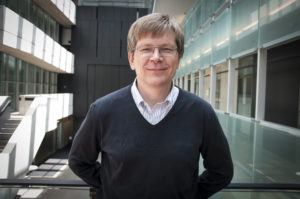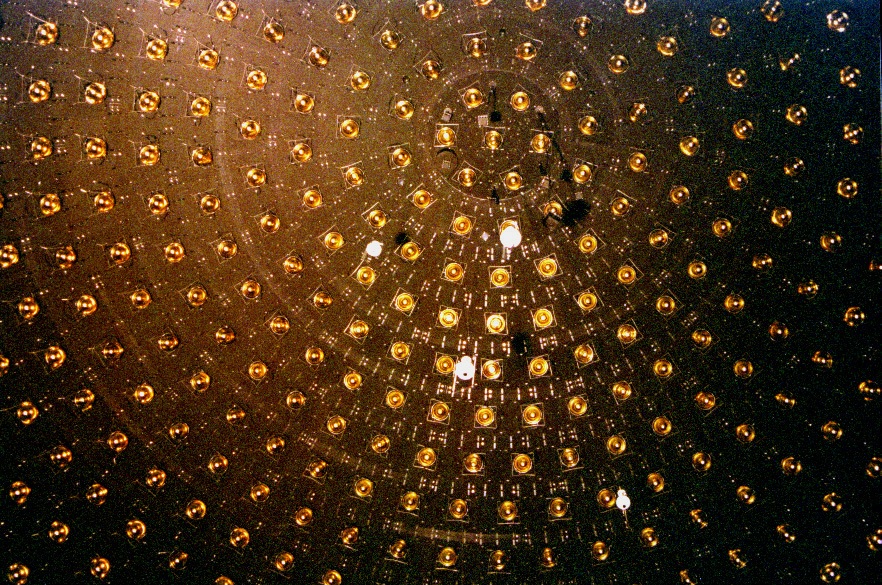New experiment reveals what dark matter isn’t
Science often progresses not in leaps and bounds, but by inching towards the truth. When looking in the obvious places yielded no results, theorists proposed a novel way to look for dark matter by repurposing existing neutrino experiments.

























































































